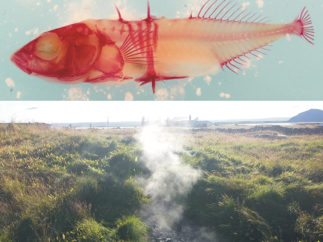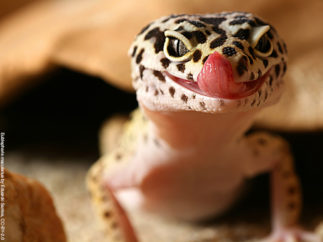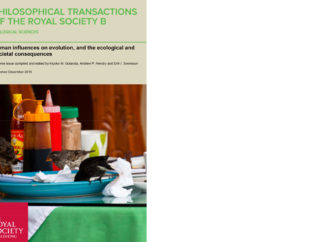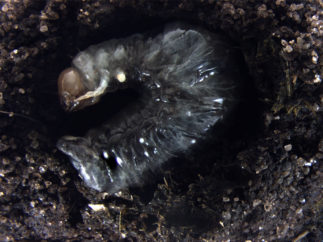David Sloan Wilson of This View of Life (TVOL) interviews Kim Sterelny, one of the world’s most prominent philosophers of biology. Sterelny has served as editor of the journal Biology & Philosophy since 2000 and his books include: Sex and Death: An Introduction to Philosophy of Biology; Thought in a Hostile World: The Evolution of Human Cognition; Dawkins vs. Gould: Survival of the Fittest; and The Evolved Apprentice: How Evolution Made Humans Unique.
Ecological development and adapting to change
As in many reptiles, the sex of leopard geckos is determined not by chromosomes, but by the environment. Hatchlings will develop into either males or females depending on the temperature they experience as incubating eggs. Sex isn’t hard-wired because the key genes involved in gonad differentiation are up- and down-regulated by temperature, so a fairly warm nest will produce mostly males, a cool nest mostly females, and a nest close to the temperature threshold, an evenly mixed brood.
Why do we need an EES?
Do we need an Extended Evolutionary Synthesis (EES)? Back in 2007 I argued for a positive answer in a paper published in Evolution. A few years later, with my colleague Gerd Müller, I co-edited an entire volume to attempt to map the territory of what an EES would look like. And now, with this blog and website, we have a new and exciting multi-disciplinary project devoted to the idea.
Human influences on evolution: Theme issue
Niche construction refers to a process by which organisms modify their environments through their evolved traits, which in turn can feed back on the organisms themselves by modifying the selection processes they experience. Although the evolutionary importance and consequences of such niche construction is still debated, few biologists would deny its existence. The classical example of niche construction is the beaver and the dams that it builds, which have huge landscape consequences.
Mum’s microbes are important for dung beetle development
An animal’s microbes not only help it to digest food, absorb nutrients and fight disease, they are also important during normal development. Researchers at Indiana University have shown that the collection of microbes passed from a beetle mother to her offspring (the maternal microbiome) is critically important for development of beetle larvae and their resistance to environmental challenges. The study, led by evolutionary developmental biologists, Daniel Schwab and Armin Moczek, focused on the dung beetle species, Onthophagus gazella.
EES Workshop 1: Cause and process in evolution
11-14 May 2017
Introducing EES Update
It is a privilege to study evolution in this tremendously exciting era. New ideas and data are flooding in and, to many of us, the findings are both exhilarating and challenging. Evolutionary biology has never been more vibrant.









